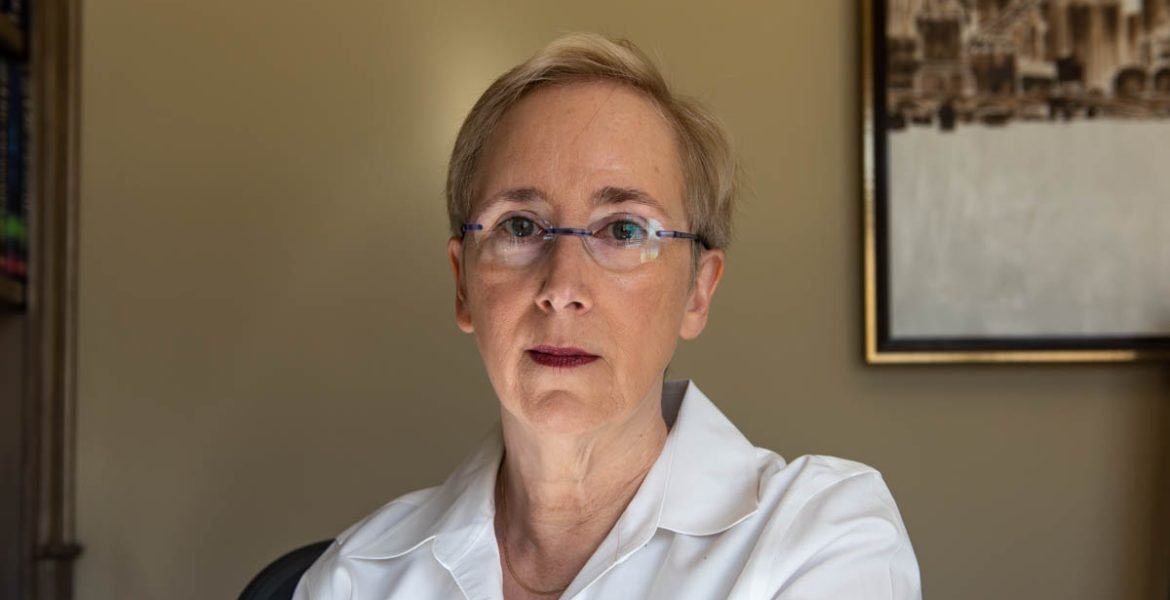I just read a rather depressing article in The Wall Street Journal. It was about an entrepreneur in a small town in Maine who runs a grain mill. The mill sources its raw ingredients from local farmers and supplies milled grains to other local businesses—a pasta maker, a pizza dough maker, and so on. This entrepreneur wants to develop an adjacent piece of property and double the size of her business. The property is in a desirable part of town and would serve as a catalyst for more employment and growth for the town.
The depressing part? The building would cost more to construct than the bank will appraise it for. The potential impact of this new development is not quantifiable by any measure that would result in full funding for the endeavor, so it’s on hold for now.
Part of why the project’s economics are so skewed (it’s budgeted at $7.4 million and appraised at $2.4 million) is attributable to the increases in construction and material costs. Higher interest rates factor in as well. But the biggest problem is the lack of comparable properties in and around this small town in Maine—nearly an hour away from Portland and Bangor—to convince the banks to lend. It is a vicious circle—there will never be comps if there must be comps to build in the first place. There can be no eggs without ever hatching the first chicken.
This is a very tough problem for rural America, as the Journal story points out, but it’s a perennial problem for custom residential—its clients, its architects, and its builders—in any part of the country. The cost to build a one-of-a-kind house of real design rigor, quality materials, and high performance is nothing a bank would ever underwrite in full. And thus, the best custom residential design is often confined to those clients who can fill the funding gap, or swallow the entire bill themselves.
Quality custom design has never been so far out of reach for even well-off professionals—more so if they want to build something specific to their needs. Take a look at the vacation home on page 21 that architects Charles Haver and Stewart Skolnick designed for themselves on Fishers Island, New York. They kept the footprint small because they didn’t need a big house, yet its 1,200 square feet consumed $1,500 a square foot for good materials, construction for coastal conditions, and the surcharge for bringing everything in from the mainland. Plus, it took the best custom builder in the area 18 months to finish. This math does not count design fees or the purchase price of the scenic double lot.
No bank would assess the house, with just one bedroom, as you or I would—especially after the architects donated a lot to the local land conservancy. Our appraisal system understands nothing about merit. It is amorally transactional and abysmally shortsighted. Consider the true worth of that donated lot that can never be built on. As the famous commercial says, it’s priceless.

